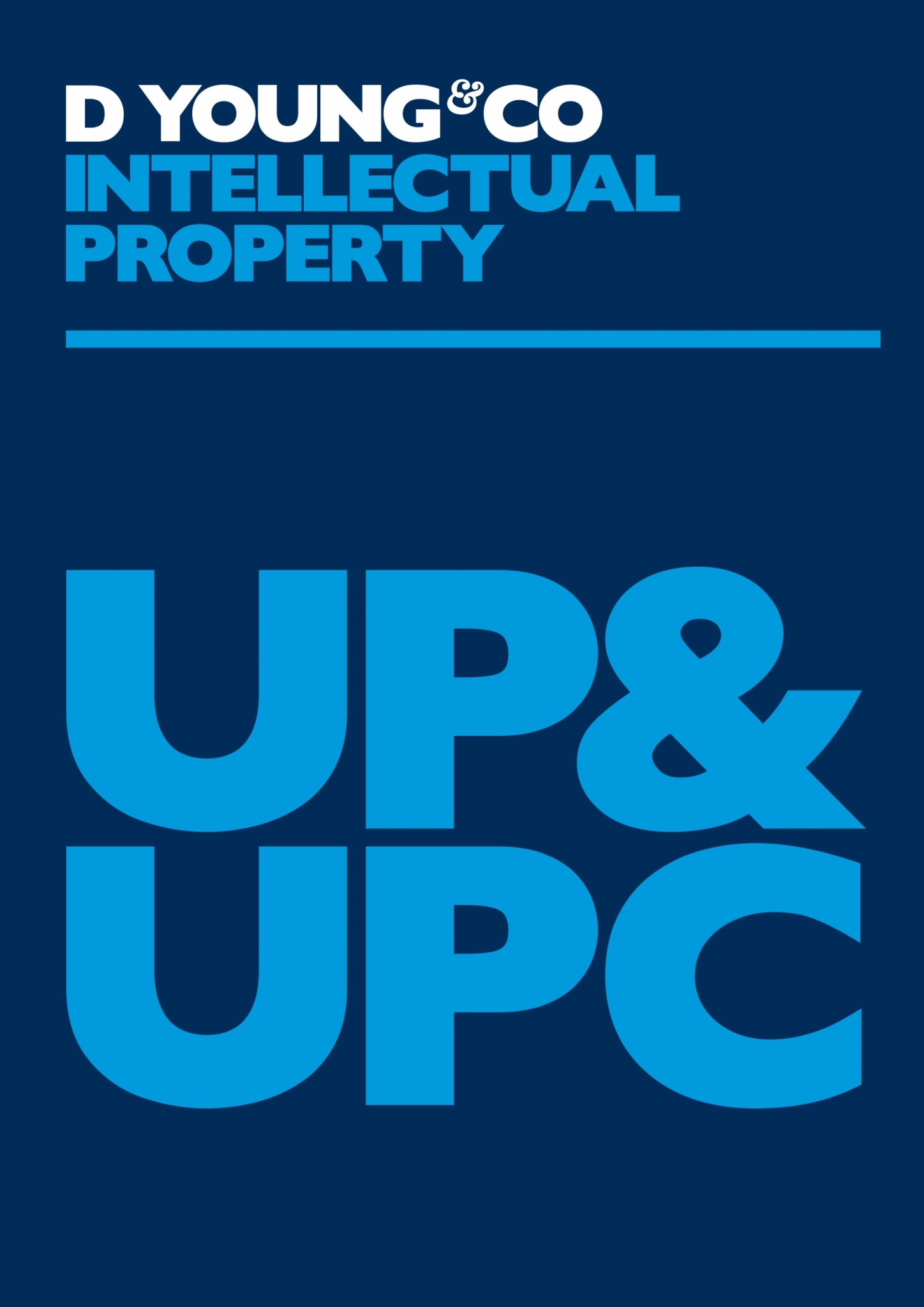G 2/21: has anything changed?
After the flurry of reaction to the Enlarged Board’s (EB)decision in G 2/21, it is perhaps a good time to seek a deeper understanding of the EB’s conclusion, how they reached it and how they responded to the questions posed in T 116/18.
The immediate reaction online to the decision was of attorneys emphasizing the need to correctly draft initial applications and include all relevant data. But this has always been the correct advice. From an attorney’s perspective, it has never benefited an applicant to deliberately withhold data available at the filing date to support the invention. This deeper analysis of the decision, seeks to ascertain whether this is the underlying message of the EB and whether any changes in practice can be expected.
In their referral decision, the Enlarged Board of Appeal (EB) set out three lines of TBA decisions regarding whether post-filing data should be taken into consideration [see note 01 below]. The EB emphasized the fact that such a question was applicable to the analysis of sufficiency (specifically in medical use cases) and inventive step. The three approaches were described as ab initio plausibility (where the applicant/patentee has a burden to demonstrate an effect), ab inito implausibility (where data would be admitted unless the examiner or opponent could demonstrate a reason the effect was unlikely) and a third option where all data was admissible without further analysis. The supporting case law was described under heading Type I, Type II and Type III respectively.
Amicus briefs were submitted from a variety of industrial organisations, specific companies, specific individuals (patent attorneys), bodies representing patent attorneys (CIPA, FICPI, IIPLA) and the President of the EPO. On balance (of numbers), the amicus briefs expressed a slight preference for ab inito implausibility i.e. benefit being given to the applicant and the burden in post-grant proceedings being on the opponent but there was significant call for the EB to maintain a balanced approached fair to applicants and the public. There was also support for the EBA to embrace the question as it applies to both sufficiency and inventive step.
In their preliminary comment (issued in 13 October 2022), the EB expressed an initial view that as sufficiency was not at issue in the referring decision, they did not consider it “appropriate to extend the clear scope of the referral…”and would steer clear of addressing it. Furthermore, their comments were understood as pointing towards ab initio implausibility as they referred to “any significant reason to doubt” and “in the absence of any such doubts” when summarising the understanding to be derived from the original specification.
The decision may therefore have come as somewhat of a surprise to all stakeholders regardless of their preferred outcome.
Despite acknowledging that sufficiency was out of the scope of the referring decision, in recognition of the importance of post-filing data to the question of sufficiency of medical use claims (and other related fields where the technical effect is in the claim), the EBA included some commentary and an “Intermediary Conclusion” on plausibility as applicable to Art 83 EPC. In doing so they confirmed the status quo where:
“In order to meet the requirement that the disclosure of the invention be sufficiently clear and complete for it to be carried out by the person skilled in the art, the proof of a claimed therapeutic effect has to be provided in the application as filed, in particular if, in the absence of experimental data in the application as filed, it would not be credible to the skilled person that the therapeutic effect is achieved. A lack in this respect cannot be remedied by post-published evidence.” (para 77)
and confirmed that
“the scope of reliance on post published evidence is much narrower under sufficiency of disclosure (Article 83 EPC) compared to the situation under inventive step (Article 56 EPC).”
Turning to inventive step, the EB reviewed the EPO case law on each of the approaches set out in the referring decision and reached a unifying conclusion:
“when analysing the case law in more detail and irrespective of the conceptual terminologies for what questions 2 and 3 refer to as two distinct plausibility approaches, the Enlarged Board understands from the case law of the boards of appeal as common ground that the core issue rests with the question of what the skilled person, with the common general knowledge in mind, understands at the filing date from the application as originally filed as the technical teaching of the claimed invention.” (para 71)
In the following paragraph, the EB stated that by application of such an understanding they were;
“satisfied that the outcome in each particular case would not have been different from the actual finding of the respective board of appeal. Irrespective of the use of the terminological notion of plausibility, the cited decisions appear to show that the particular board of appeal focussed on the question whether or not the technical effect relied upon by the patent applicant or proprietor was derivable for the person skilled in the art from the technical teaching of the application documents.”
The EB went on to conclude that a similar approach appears to have been taken by national courts.
The EB effectively neutralised the thorny issue of plausibility or implausibility by describing it as “a generic catchword seized in the jurisprudence of the boards of appeal, by some national courts and users of the European patent system.” [see note 02 below]
The EB then elected to provide “guidance” that effectively seeks to reassert the basic principles of the “patent bargain”.
The “guidance” appears in paragraphs 93 and 94 reproduced below with the authors emphasis added:
“93 The relevant standard for the reliance on a purported technical effect when assessing whether or not the claimed subject-matter involves an inventive step concerns the question of what the skilled person, with the common general knowledge in mind, would understand at the filing date from the application as originally filed as the TECHNICAL TEACHING of the claimed invention. The technical effect relied upon, even at a later stage, NEEDS TO BE ENCOMPASSED BY THAT TECHNICAL TEACHING and to EMBODY THE SAME INVENTION, BECAUSE SUCH AN EFFECT DOES NOT CHANGE THE NATURE OF THE CLAIMED INVENTION.
94 Hence, a patent applicant or proprietor may rely upon a technical effect for inventive step if the skilled person, having the common general knowledge in mind, and based on the application as originally filed, would consider said effect as being ENCOMPASSED BY THE TECHNICAL TEACHING AND EMBODIED BY THE SAME ORIGINALLY DISCLOSED INVENTION.”
Emphasis has been placed on the “technical teaching” and whatever is “encompassed” by such teaching. For any reformulation of a problem, the technical effect must still be embodied by that original technical teaching and not change the nature of the invention. This language is somewhat consistent with that used in the Guidelines for Examination, regarding the reformulation of the problem [see note 03 below]: “any effect provided by the invention may be used as a basis... as long as said effect is derivable from the application as filed (see T 386/89). It is also possible to rely on new effects submitted subsequently during the proceedings by the applicant, provided that the skilled person would recognise these effects as implied by or related to the technical problem initially suggested” (GL G.VII.5.2 [see note 04 below]).
It would appear that the guidance places the initial burden on the applicant/patentee but this will no doubt not exclude the possibility of circumstances where a burden will be placed on an opponent to challenge a prima facie case of credibility – how else could the EB have reconciled the existing case law!
Many may see this decision as an opening to a whole new cycle of debate but, in reality, it will be the same debate (possibly absent the word “plausibility”) with all parties capable of finding supportive wording and phrases in the decision.
So the initial advice of including all effects in an original application undoubtedly remains true and applicants will continue to live with the pressure of a “first to file” system, the need to maintain sensitive data confidential and/or disclose/publish their data. Looking ahead to oppositions, appeals and no doubt proceedings before the UPC, the debate will continue with the new guidance of the EB and nuances it may introduce.
Quick reference guide to the decision
| Topic | Paragraph of the reasons |
|---|---|
| Scope of the referral | 01-12 |
| Admissibility of the referral | 13-20 |
| Preliminary considerations | 21-26 |
| Free evaluation of evidence | 27-59 |
| Analysis of Enlarged Board of Appeal decisions | 35-37 |
| Analysis of Technical Board of Appeal and national decisions | 38-54 |
| Intermediate conclusion | 55-59 |
| Inventive step | |
| Analysis of EPO case law | 60-69 |
| Intermediate conclusion | 70-72 |
| Sufficiency | |
| Analysis of EPO case law | 73-76 |
| Intermediate conclusion | 77 |
| Inventive step | |
| National law | 78 |
| Intermediate conclusion | 86 |
| Concluding considerations | |
| Free evaluation of evidence | 88-91 |
| Technical effect for inventive step | 91-95 |
Useful links:
- European Patent Office, GL G.VII.5.2: dycip.com/formulationtechproblem
- G2/21 Decision of the Enlarged Board of Appeal: https://dycip.com/G221decision
Notes
- The question regarding the free evaluation of evidence is not being addressed in this article).
- “Plausibility” is often used to mean the same as “credible”, a term that is used in Guidelines with regard to assessing whether the technical problem has been solved “A technical problem may be regarded as being solved only if it is credible that substantially all claimed embodiments exhibit the technical effects upon which the invention is based.” (penultimate paragraph of GL G.VII.5.2). No guideline is provided as to the source of the evidence of the solution.
- The Guidelines do not address the nature of the “technical effect” when identifying “the technical effect resulting from the distinguishing features”.
- Repeated in GL G.VII.11 where an example is provided that a later effect of “low toxicity” for a pharmaceutical would be considered “since pharmaceutical activity and toxicity are related in the sense that the skilled person would always contemplate the two aspects together”.


